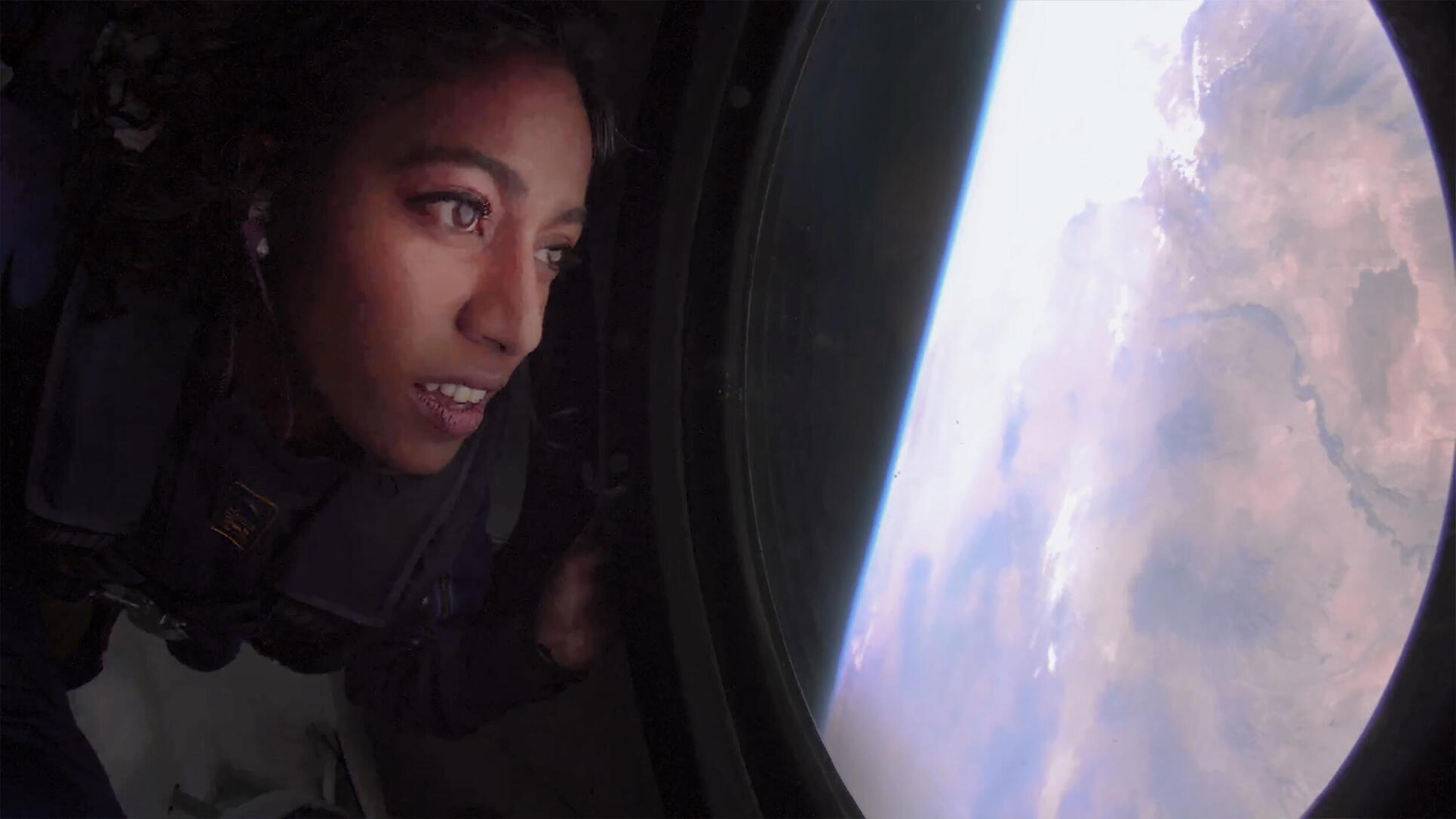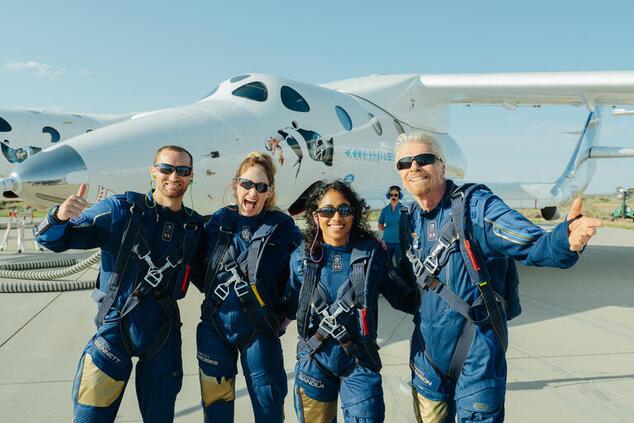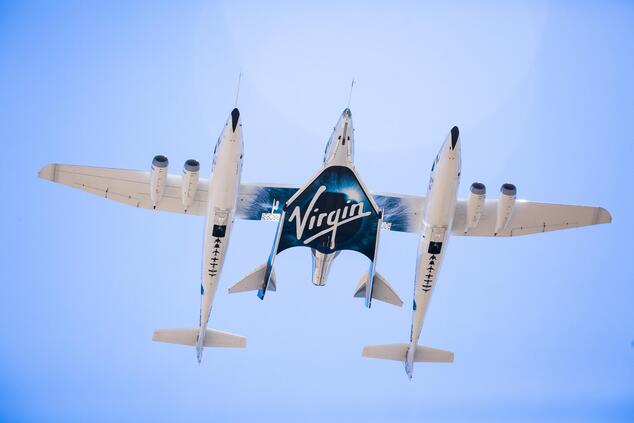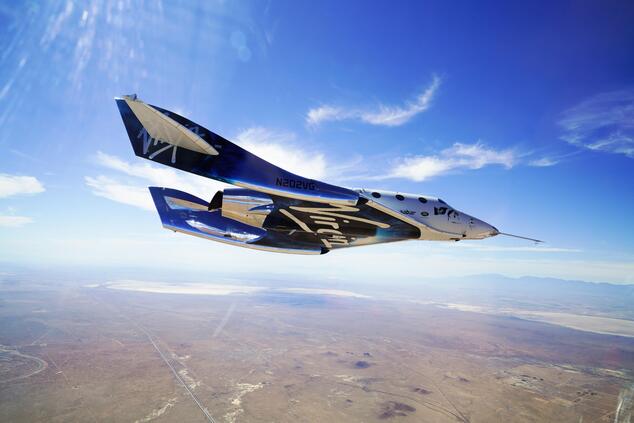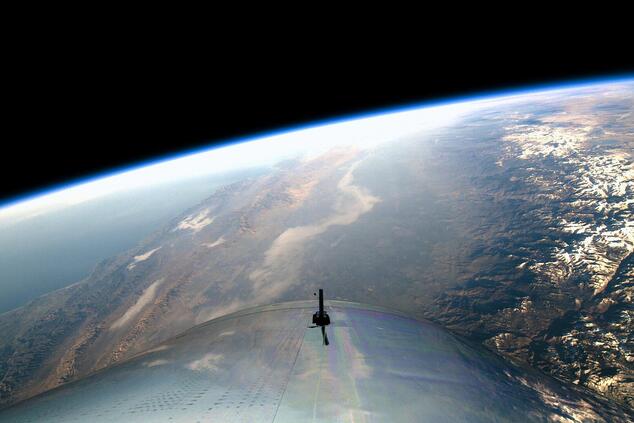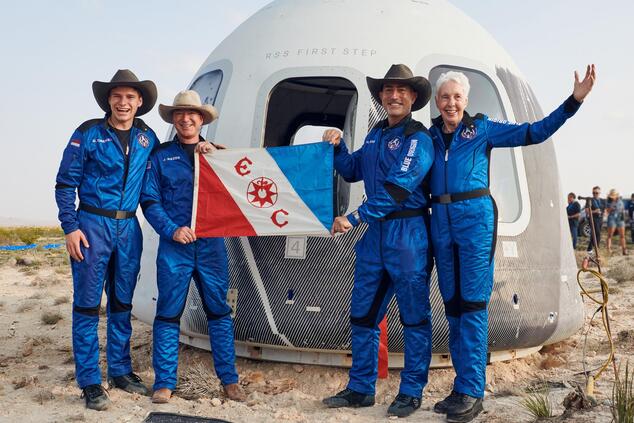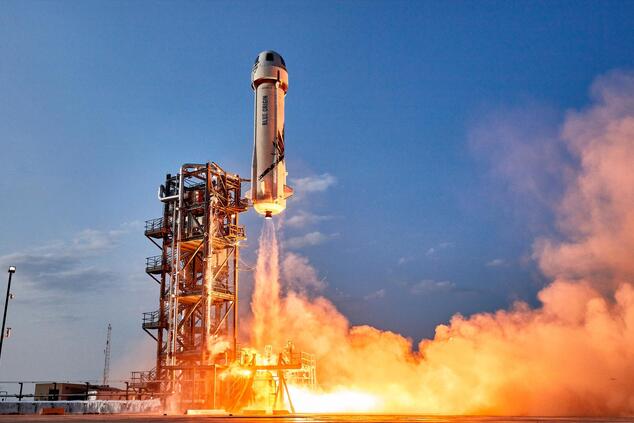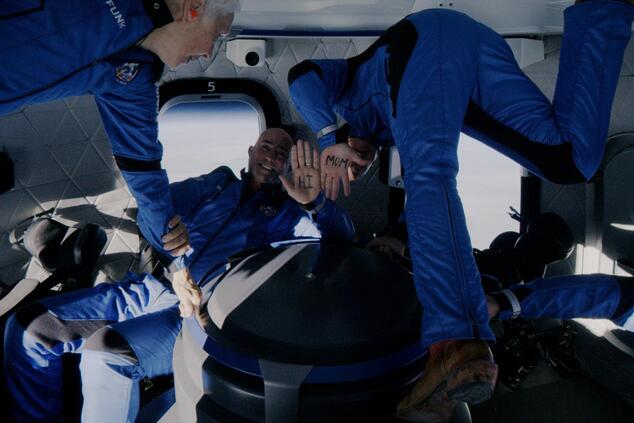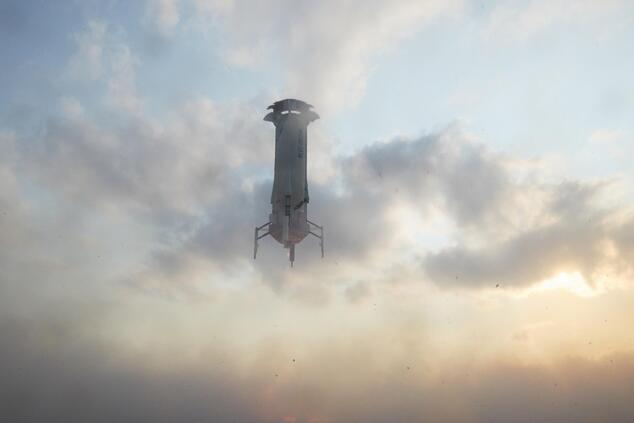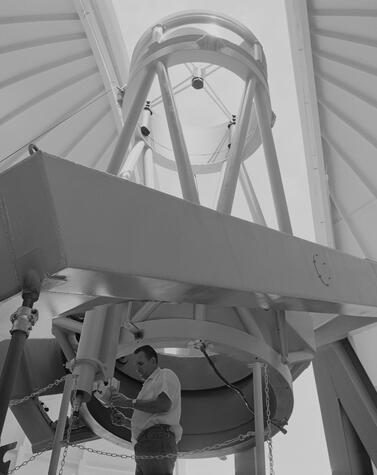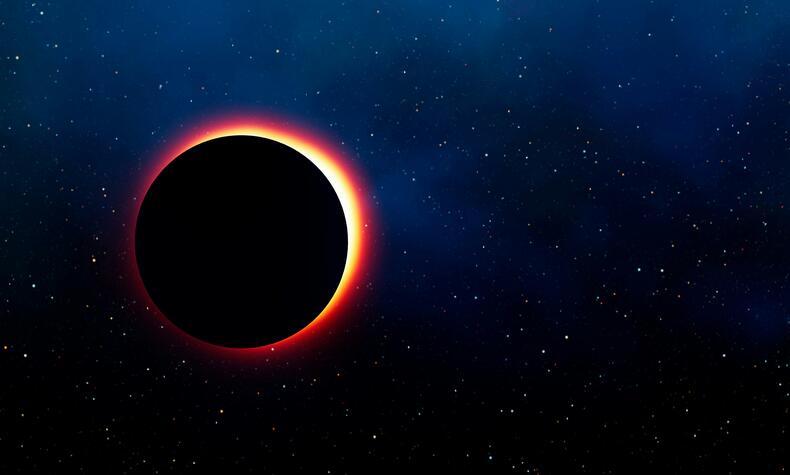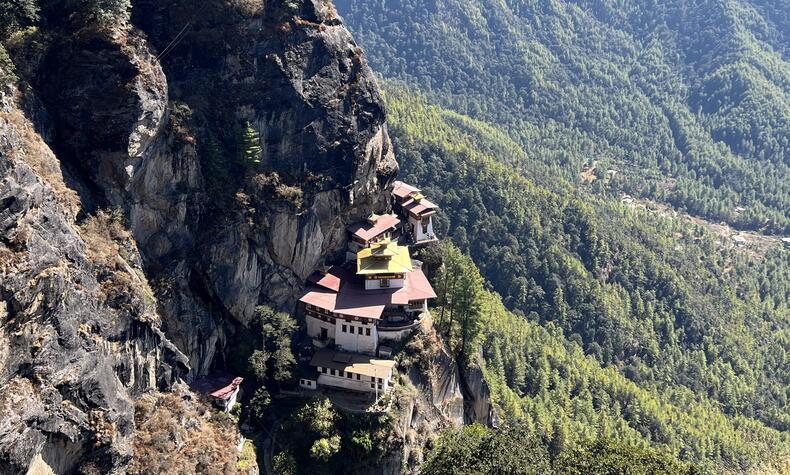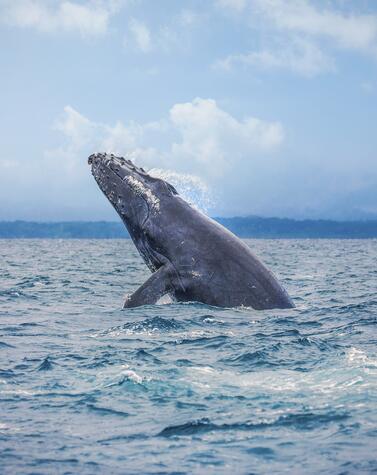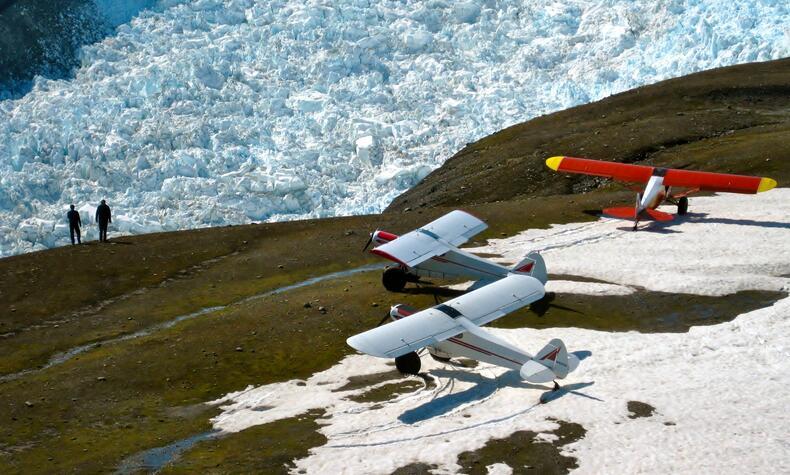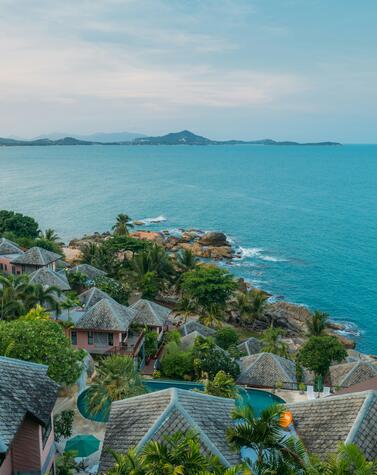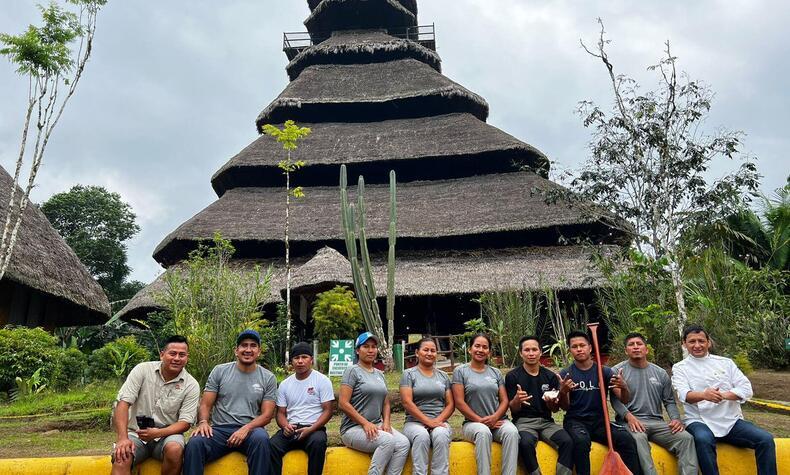Luxury space tourism: The future is now
When, at the age of 19, the now billionaire Sir Richard Branson watched from his London home the famous broadcast of the arrival of man on the moon aboard Apollo XI, he promised himself that one day he too would travel into space. It has taken several decades and many millions of dollars, but finally, on July 11, 2021, a few days before his 71st birthday, Branson fulfilled his dream of contemplating part of our blue planet from space aboard the VSS Unity 22. The trip, which lasted about an hour and on which he was accompanied by three other crew members, could be said to represent the beginning of the future of luxury space tourism for civilians, albeit wealthy ones.
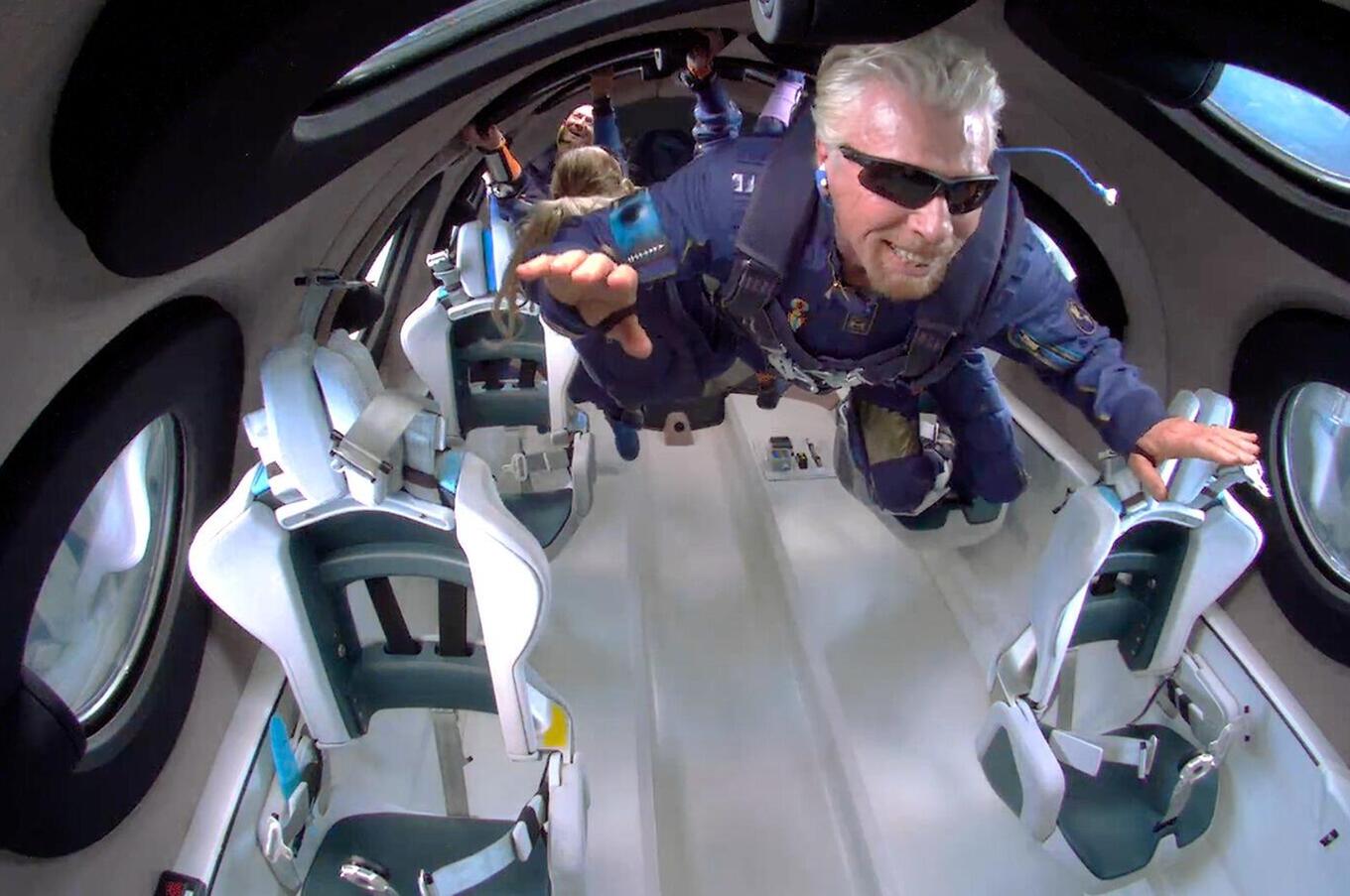
Branson's feat takes place 17 years after he founded his company, Virgin Galactic, in 2004 with the aim of "democratizing" space and making it accessible for luxury tourism. Along the way, the project has suffered different delays and obstacles, the most serious of which took place in 2014 when, during one of the test flights, the SpaceshipTwo spacecraft crashed in the Mojave Desert.
- The 4 crewmembers of the VSS Unity 22 spacecraft are delighted upon their return from their experience in space —
- Virgin Galactic's mothership flying, with spacecraft attached, into space —
- The VSS Unity 22 spacecraft was named after Professor Stephen Hawking in 2016 —
- Richard Branson's spacecraft reached 86 kilometers altitude. Photos: Virgin Galactic
But, with the epic space travel experience, Branson managed to pull ahead of his space competitor Jeff Bezos, founder of Amazon, by just a few days. Bezos argued that the 86-kilometer altitude at which Branson ascended does not correspond to the accepted space boundary, the famous "Karman Line" which states that space begins at 100 kilometers altitude. However, NASA, the Federal Aviation Administration and the Pentagon claimed that space begins at 80 km above the Earth's surface.
Just a week later, on July 20, the New Shepard spacecraft, developed by the company Blue Origin and carrying a crew of four with Jeff Bezos at the helm, was launched from Texas, reaching an altitude of 107 kilometers. The flight, whose crew consisted only of civilians, and which was the first pilotless flight in history, lasted about 10 minutes in which its members were able to experience a few seconds of weightlessness in space and was successfully completed.
- The trupulation of the New Shepard spacecraft with Jeff Bezos at the helm, on its return from space. —
- Unlike Virgin Galactic, the technology used by Blue Origin consists of a vertical take-off rocket —
- The rocket capsule reached an altitude of 107 kilometers —
- Bezos' rocket landed back in Texas after its mission and may be reused. Photos: Blue Origin
And in mid-2020, billionaire Elon Musk launched his company's SpaceX mission, in which his goal was to reach orbital space. The SpaceX Crew Dragon spacecraft reached an altitude of 540 kilometers and orbited Earth every 90 minutes during the trip, which lasted approximately 3 days. SpaceX revealed that the Crew Dragon had a transparent dome through which space tourists could enjoy unique panoramas in space.
Musk also built the "Starship", the largest rocket in history, which is 120 meters long and was assembled in Boca Chica, Texas, which on April 20, 2023, made its first liftoff, exploding in the air before the separation phase. The second test flight attempt of the vehicle was on November 18, 2023. This time, it separated successfully, but the Super Heavy booster exploded seconds later, and the upper part exploded eight minutes after launch. The next test was on March 14, 2024, in which the stage separation went well, but the Super Heavy booster lost control and exploded before landing. The Starship spacecraft reached orbital velocity but disintegrated during reentry.
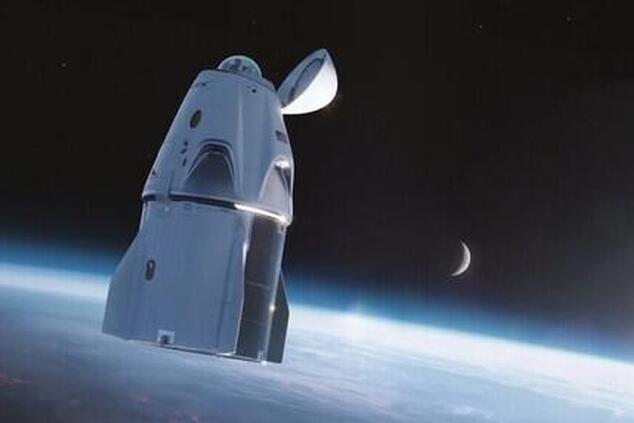
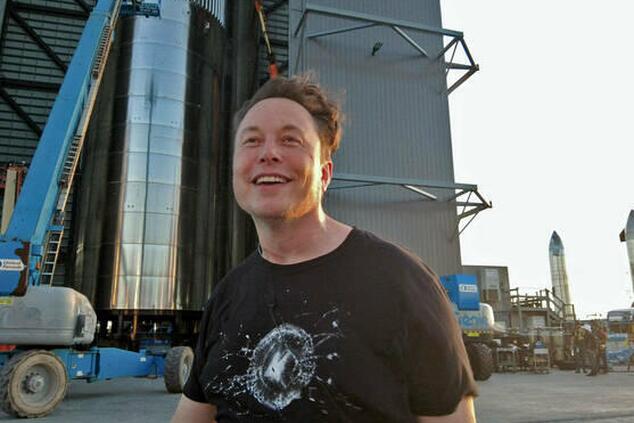
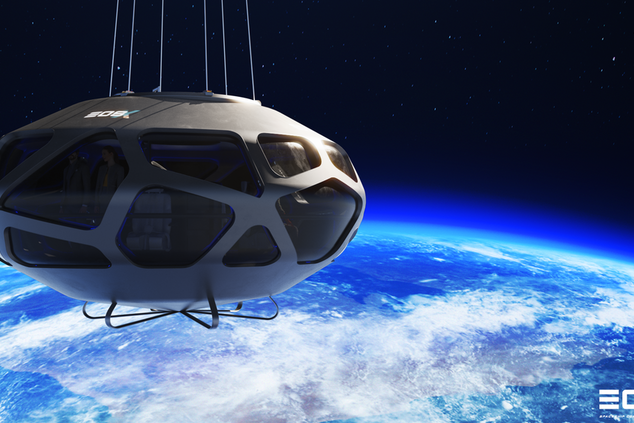
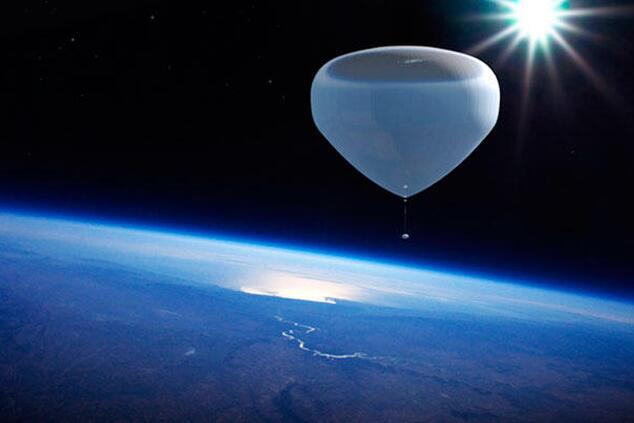
Thanks to all these initiatives, many people will be able to realize the dream of traveling into space, a territory that has traditionally been accessible only to a few lucky professional astronauts.
During his space experience aboard Unity 22, Richard Branson said, "I was once a child with a dream looking up at the stars. Now I'm an adult on a spacecraft looking up at our beautiful Earth. To the next generation of dreamers: if we can do this, imagine what we can do."
Just as the first European navigators crossed those unknown seas, we are facing a new era. What is new is that this new space age is being led, for the first time, by the luxury travel industry, and it is a change that will undoubtedly affect our understanding of what it means to travel. Space is one of the few frontiers left to be discovered, but when we see the Earth from space, how will we ever travel through it again?
